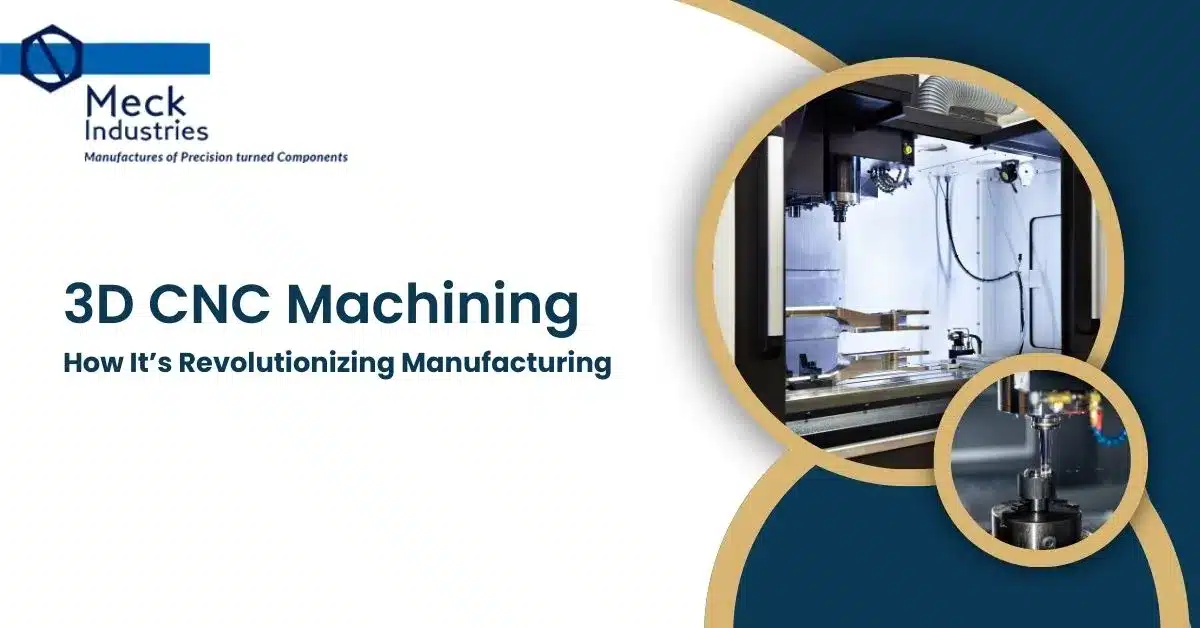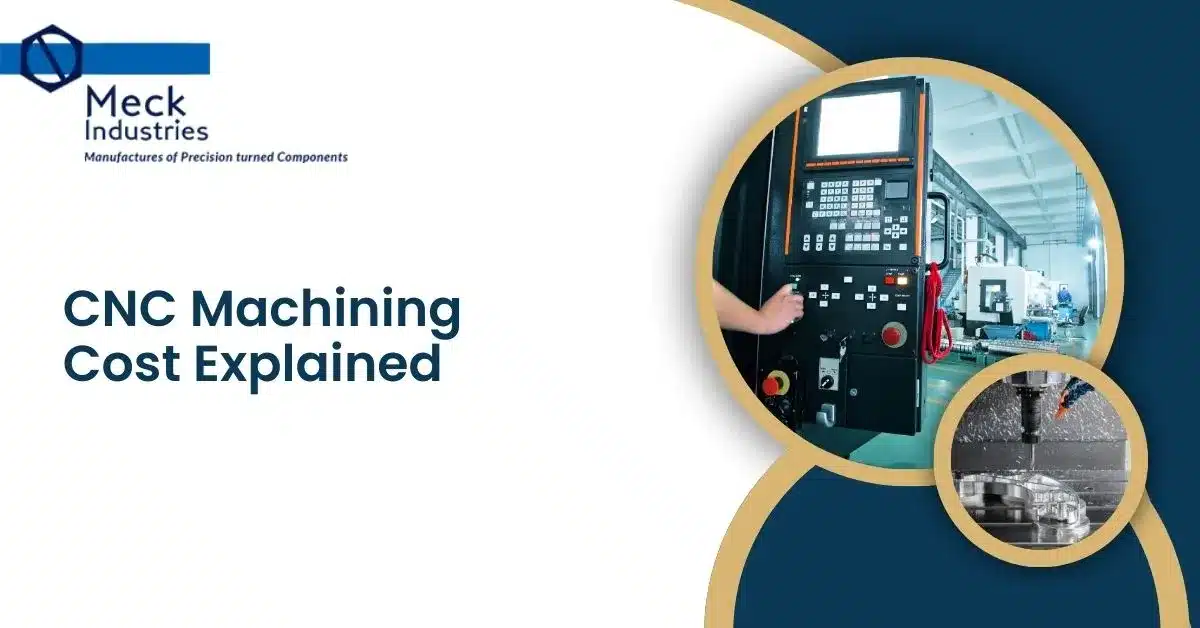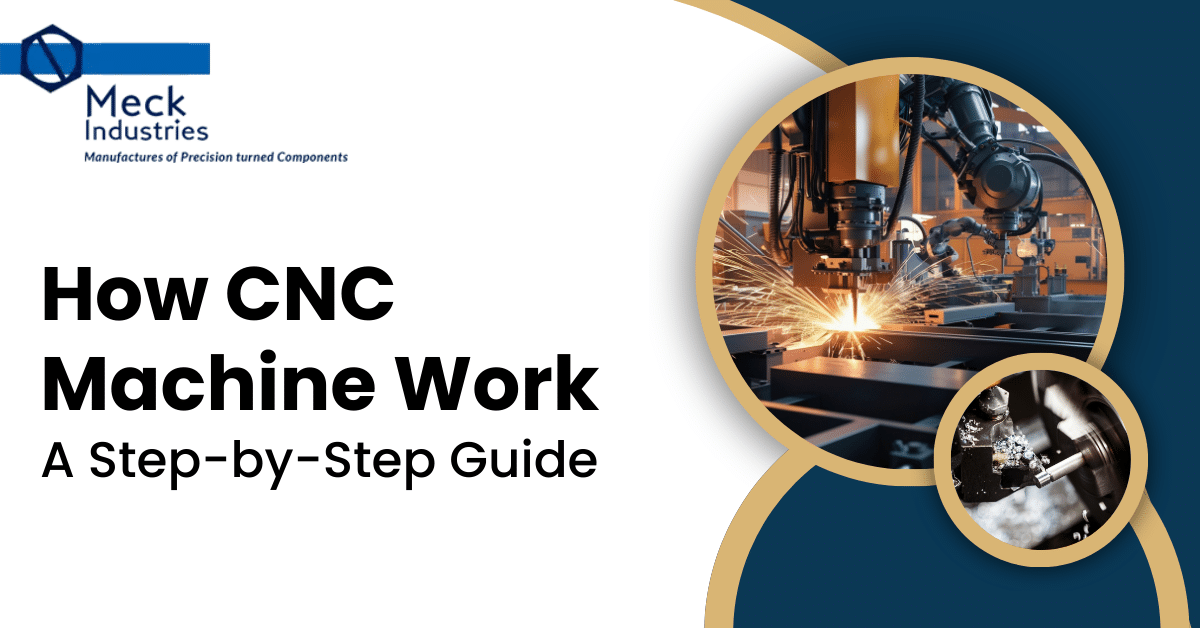
In the ever-evolving manufacturing landscape, 3D CNC machining has emerged as a game-changing technology. Combining the precision of Computer Numerical Control (CNC) with the flexibility of 3D capabilities, it allows industries to produce complex and highly accurate components efficiently. From aerospace to automotive and medical sectors, 3D CNC machining is driving innovation and streamlining production.
What is 3D CNC Machining?
3D CNC machining refers to the process of using CNC machines to create three-dimensional parts from various materials like metal, plastic, and composites. These machines follow computer-aided design (CAD) files to cut, mill, or turn raw materials into precise components. With enhanced capabilities, CNC machines now produce intricate geometries that were once impossible to achieve.
Advantages of 3D CNC Machining
- Precision and Accuracy: With tolerances as low as microns, 3D CNC machining ensures highly accurate parts.
- Design Flexibility: Complex shapes and intricate designs can be manufactured with ease.
- Material Versatility: Suitable for metals, plastics, ceramics, and more.
- Cost-Effective Production: Reduces material waste and operational downtime.
- Rapid Prototyping: Ideal for creating prototypes and testing designs quickly.
CNC Machine Parts and Their Roles
To understand the machining process better, here are some essential CNC machine parts:
- Spindle: Rotates the cutting tool for milling or drilling.
- Chuck or Collet: Holds the workpiece securely in place.
- Linear Guides and Ball Screws: Ensure smooth and accurate movement of machine axes.
- Tool Turret or Magazine: Houses multiple tools for quick tool changes.
- Controller: The brain of the machine, interpreting CAD designs into precise movements.
Applications of 3D CNC Machining
- Aerospace: Manufacturing lightweight and high-strength components.
- Automotive: Producing engine parts, frames, and intricate mechanical systems.
- Medical: Creating implants, prosthetics, and surgical instruments.
- Electronics: Crafting precise housing and structural components for devices.
Frequently Asked Questions
What is 3D CNC machining used for?
3D CNC machining is used for creating precise, complex parts in industries like aerospace, automotive, medical, and electronics. It offers high accuracy and design flexibility.
How does 3D CNC machining differ from traditional CNC machining?
While traditional CNC machining typically works on 2D or simpler 3D designs, 3D CNC machining enables the production of intricate and detailed components using multi-axis movement.
What materials can be used in 3D CNC machining?
3D CNC machining supports a wide range of materials including metals like aluminium and steel, plastics, ceramics, and composites, depending on the application requirements.
Conclusion
With its unparalleled precision and versatility, 3D CNC machining continues to transform modern manufacturing. By understanding the role of essential CNC machine parts and leveraging the benefits of this technology, industries can stay competitive and drive innovation. Whether you are prototyping or mass-producing, 3D CNC machining is the future of manufacturing.



